Important Things You Should Know Before Investing in a Tiny Home
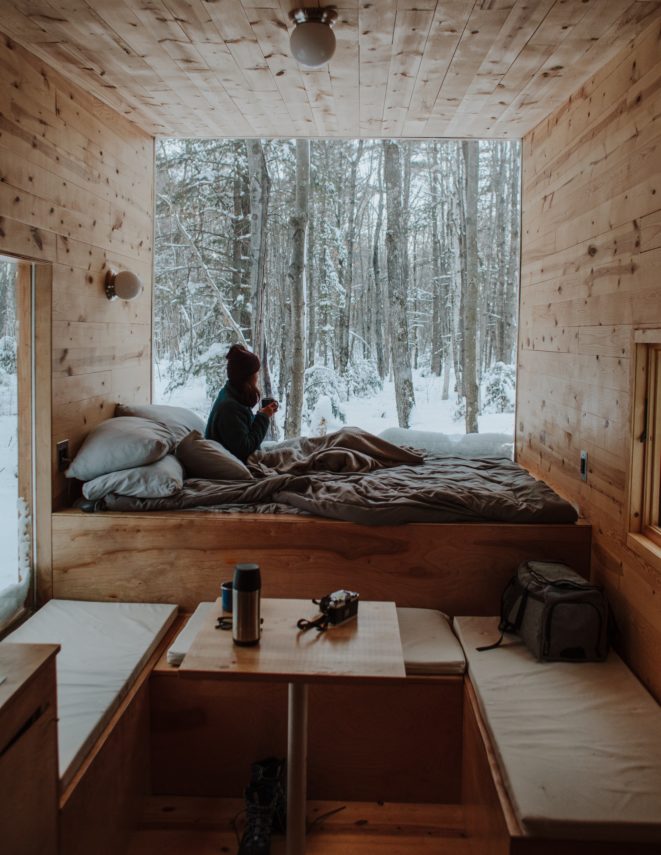
Could you live in a yurt or tiny house? Northern Colorado provides the optimum landscape and conditions for living in one of these trending homes. At the other spectrum, average rent for Loveland, Colorado is around $1600, where dwellers want to own rather than throw money at a landlord. If you are someone who romanticizes living the sustainable lifestyle, there are some key factors to remember. This article focuses on the most important things you should know before investing in a tiny home.
“Oh my gosh, it’s so small!”
Nearly every episode of HGTV’s “Tiny House Big Living” would feature a home shopper using this phrase “Oh my God, it’s so small.” If you don’t enjoy living in tight quarters, reconsider and move to a bigger property. Can you imagine the locked down version of living with someone in a home so small you can’t get away? Size is considerably smaller where you may need to adjust. Most of these properties will be around 500 square feet or less where things could get super cramped in there. Remember, everyone needs to be conscious of what will happen with these radical downsizes. Think before pulling the plug and purging your possessions.
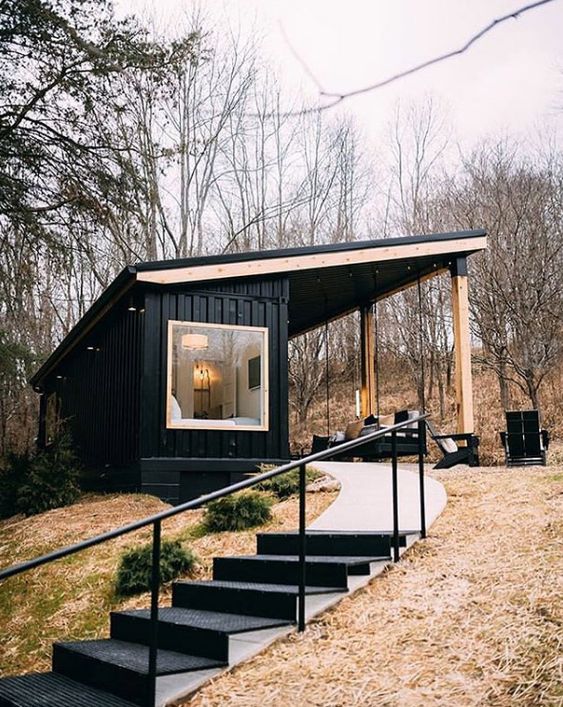
Foundation or Mobile
Floor plans for yurts, mobile homes and tiny houses are always an important factor. Sometimes, people enjoy the freedom of trailering up and moving anywhere. However, if you plan on buying a parcel of land and building with a kit, you’ll want to make sure you understand the platform or foundation. Building may also require additional consideration for zoning and codes. On the contrary, to what people may think, you can’t just buy land go through design/build procedures. In the event you want to stay mobile they offer a semi-permanent base. Minimalists will want to consult with a Realtor® to find the best options as there’s more involved than meets the eye.
Structure This
Structures for tiny homes can vary. Container homes, wood homes and yurts are all falling under the category of the ‘Tiny House’. The versatility is a marvelous way to recycle or conserve energy. Imagine how many shipping containers are affecting the earth by using them as dwellings. Preservation of the environment is also obtained by repurposing wood and metal. And don’t forget old barns and silos can become a haven making a unique first home. Trailer living spaces and buses are also making a comeback. However, reselling should always be a factor.
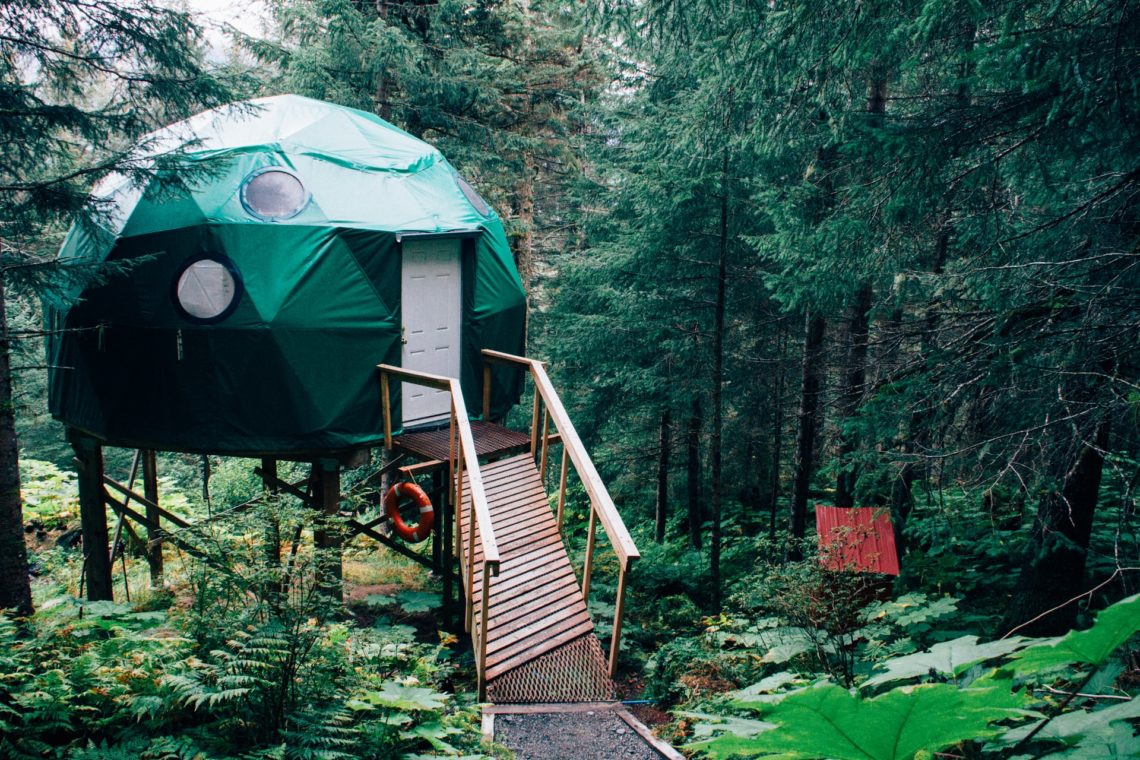
Reselling Your Tiny Home
With difficulties happening since the onset of 2020 reselling, a tiny house may be a challenge. Unlike the traditional loan process, buyers will need to have cash or a personal loan to take possession. You may find yourself in a quandary from not being able to sell in a fast pace. This is not a temporary commitment for most and should be another consideration.
Do Yurts and Tiny Homes Qualify for a Mortgage?
Mortgage and home loans can be tricky with this structure. As sustainable living and tiny houses continue in popularity, lenders aren’t scaling down with supply and demand. In fact, the correct funding on a tiny home is higher with down payments, and interest rates. Unlike traditional home loans, with zero-down benefits, most banks won’t budge with these investments causing consumers to pay more. Homeowners can take out equity and personal loans to finance these properties. It’s wise to factor in how the purchase of such a home positively affects your finances.
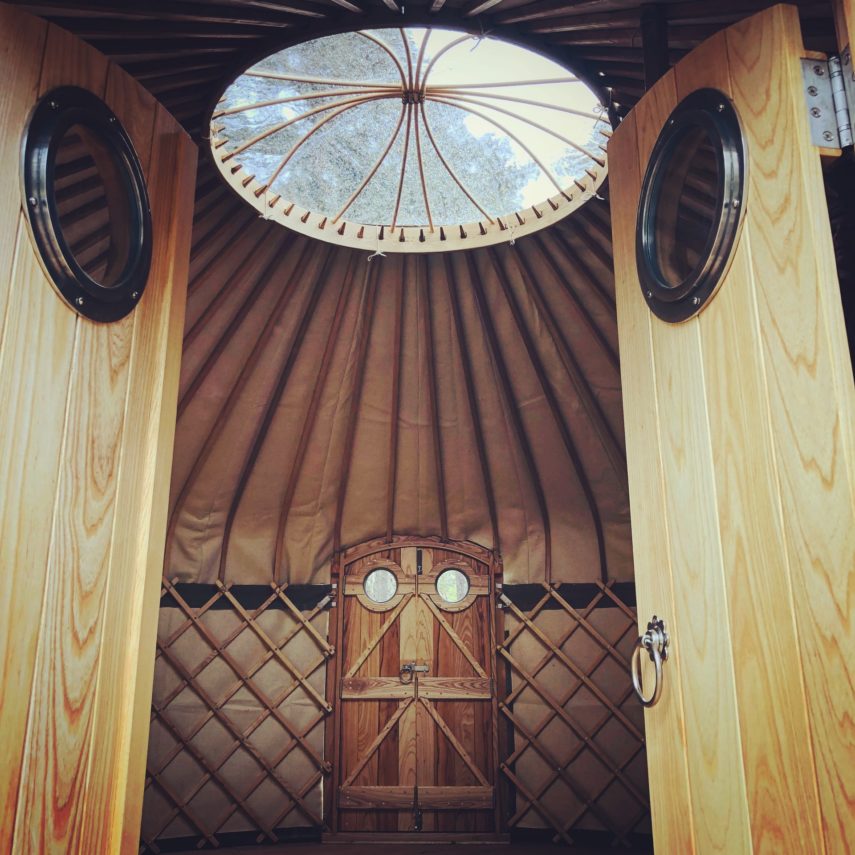
Construction Loans
A construction loan may fill your needs for building your tiny house. Remember, these may require higher down payments than a traditional mortgage. Interest rates will also be more expensive and you may need multiple loans for land and the unit itself.
Refinancing for Tiny Homes
If you plan on refinancing your tiny home, think again. You may miss opportunities for refinancing because these homes rarely qualify. While this may seem unnecessary most logical realtors® consult with you to find the best solution for obtaining your dream home.
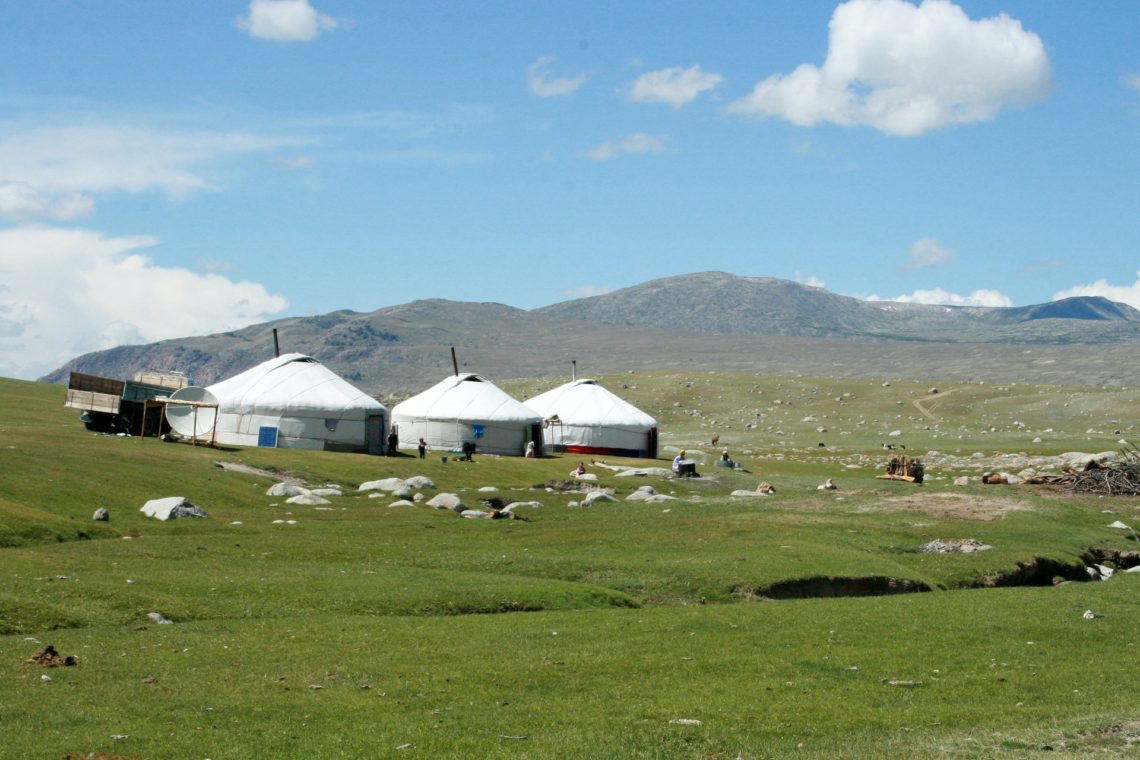
Can Be A Costly Investment for Some
On the contrary to belief, tiny homes and yurts can be costly. These little properties can run as high as $300,000 or they can be as low as $19,000. The more you pay, the more features the home might have just as any other housing purchase. You should research things like smart home technology for cost. While the home may charm, the price might not be as cute.
Don’t Forget About City Ordinances
Northern Colorado and certain city ordinances require you to provide blueprints and architectural drawings along with a slew of other items prior to building approval. If you’re looking to have electricity and running water, you need to provide plans for utilities. Many of these projects have a timeline requirement of 2-years for completion. Be sure you know all your options before stroking a check for those blueprints.
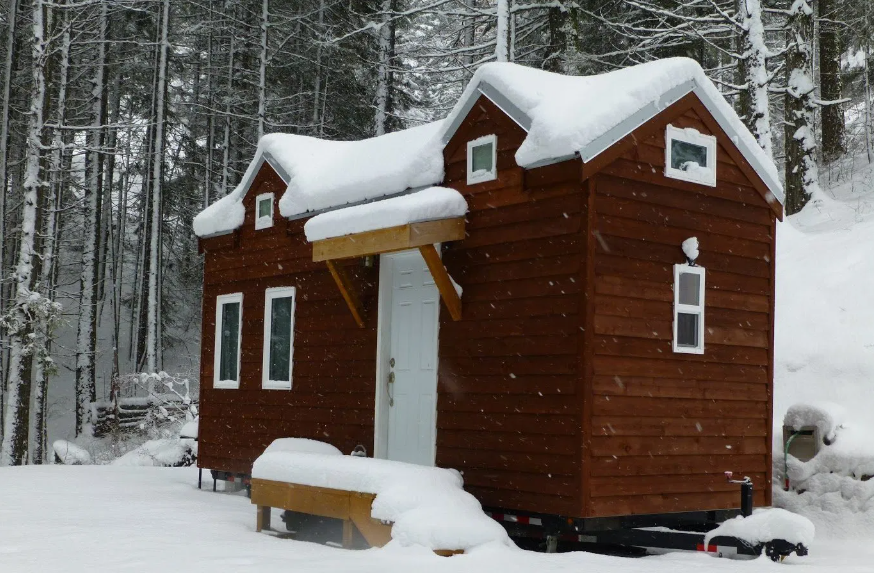
Weather You Like it or Not
Insulation and soundproofing are two major factors people overlook. Some of these newer homes include things like heated flooring, which makes the environment comfortable. Have you considered roofing and how loud it might be during a Colorado hailstorm? In most cases, these properties can handle extreme weather. You can also determine if solar panels are an option. No matter what way you go, weather will be a factor “Weather” you like it or not!
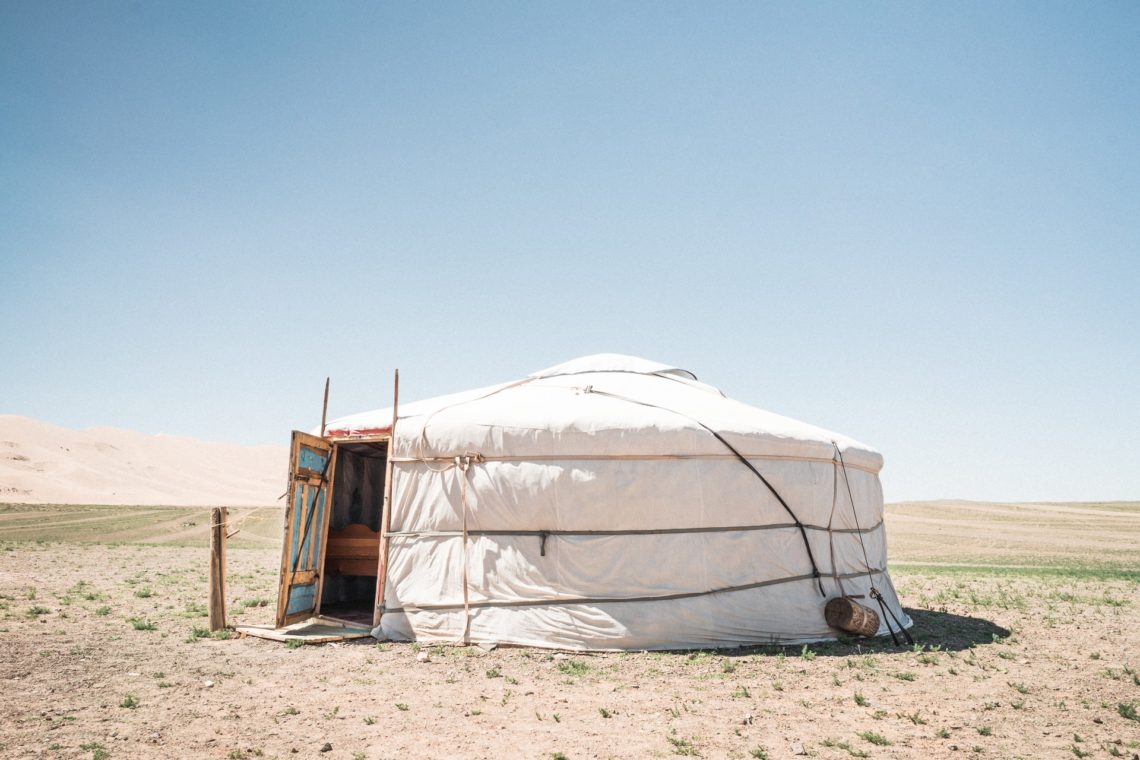
What is a Yurt?
Yurts originated in Mongolia and are round homes offering canvas or wood coverings. The homes also have a domelike ceiling with a skylight at the peak for lighting and ventilation. They erect the frame onto cement slabs or wood foundations. Smaller yurts include roofing that is self-sustaining. The larger versions boast supporting beams or lattice walls with tent material coverings over insulation. These unusual homes offer open floor plans, making them appear spacious. Homeowners will admit they aren’t for everyone with noise from wind and rain. Northern Colorado may require permits even if they will become permanent.
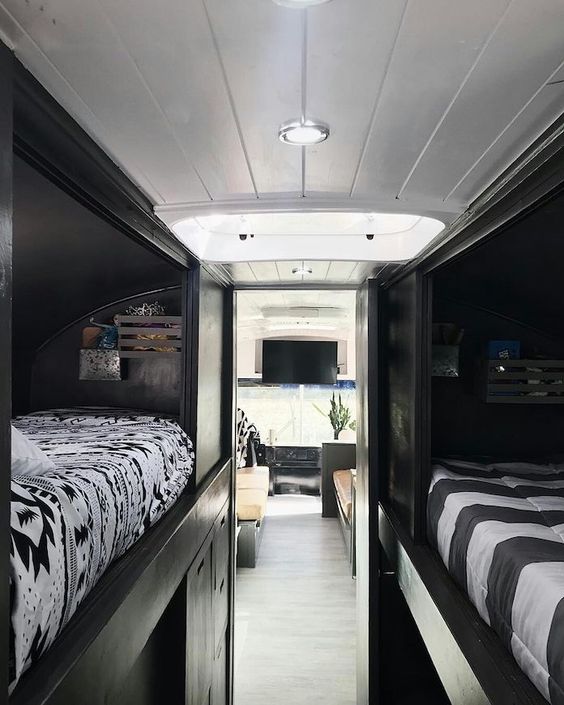
Try Before You Buy
Whether it’s a yurt or some other tiny home, you can try before you buy. This might be a splendid idea for decision making. Some retreats in Northern Colorado have rentals such as North Park Yurts and Wee Casa. These destinations allow you to experience living before committing. Whether you rent one from a park or a friend, it’s highly likely you’ll get a good feel for life and living off grid.
Living Off Grid in a Tiny House…Or Not?
People assume you must live off-grid when dwelling in a tiny home or yurt property. It’s a matter of preference for some and a requirement for others. You’ll find some incredible innovations. In example, one homeowner re-purposed sink water for the toilet, ultimately conserving water. But a lack of amenities like electricity and running water make life off-grid challenging. Some people are more robust than others. Growing your own fruit and vegetables to heating your home with a wood-burning stove are common. If you enjoy camping rogue, this yurt or tiny living might be the ideal fit. However, if you like luxuries such as washing dishes with hot-running water, then you may want another option.
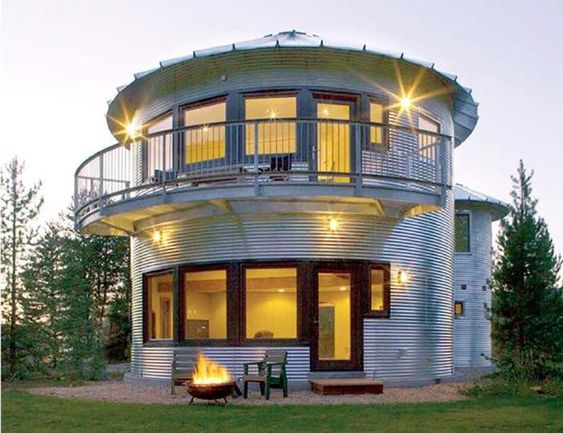
Cute Vacation or Second Home
Are you romanticizing life in a yurt, a container home or recycled bus? You’ll want to weigh your options for vacation or a secondary homeownership. Everything from financing to foundations is a factor. Homeowners are always seeking secondary and vacation homes in the Northern Colorado market where this type of housing may seem attractive. However, you may be wise buying a log cabin or some other property with a tax deduction. The banks won’t cover most yurts and tiny homes for secondary residences. To gain a healthier financial investment, an RV is a better option.
Now that you’ve familiarized yourself with tiny homes and yurts, you have more ammunition for making a sound decision. While it’s a preference, everyone needs some information to toss around. In the meantime, we hope this information provides some insight prior for your ultimate decision.





Hi John,
I hope you are doing well. I’m emailing you a question around this post. I appreciate your article here. I am looking into yurts to run an AirBnB business out of them, and I love the northern Colorado area around Ft. Collins. I’m not sure your article spoke to this, but I am wondering if there are opportunities to buy a property with a yurt on it already where zoning issues etc are already in line. Or if there are specific properties with land that you know of that could be great for setting up a small scale (4-10 yurts) on site.
Would love to talk further with you, and hope to hear from you. Shoot me an email and I’ll get you my phone number.
Morgan Greer